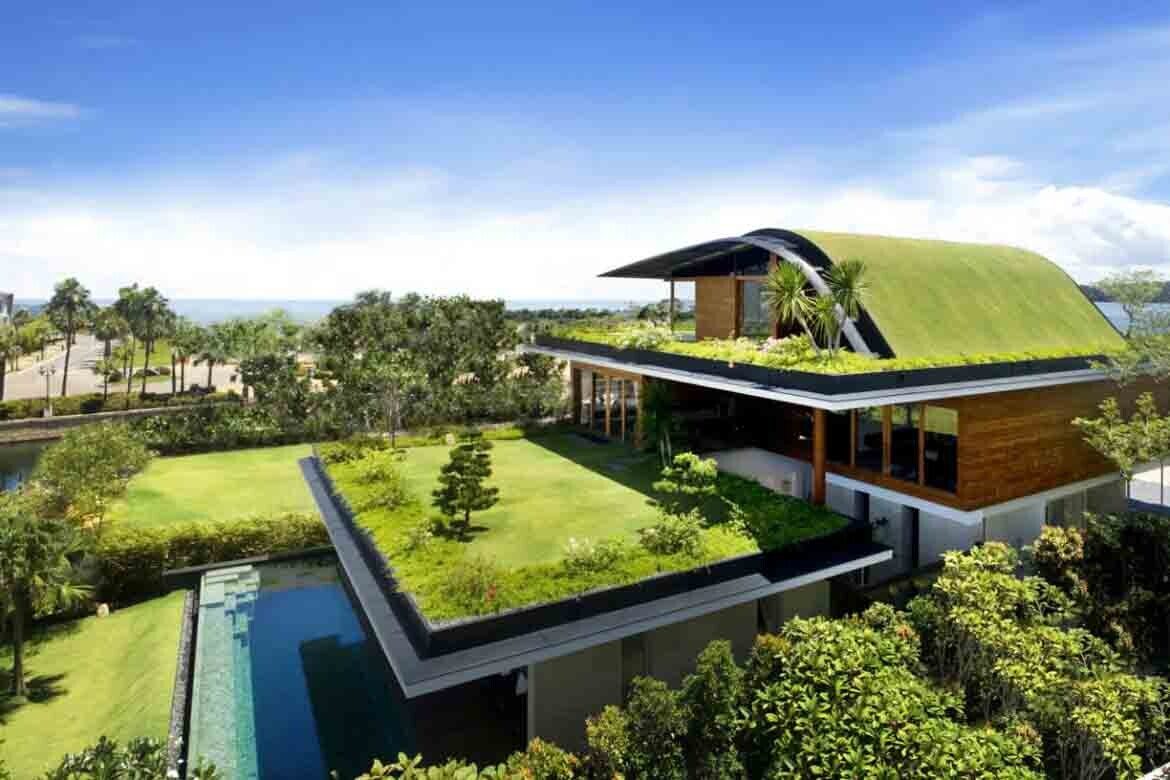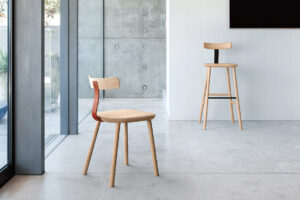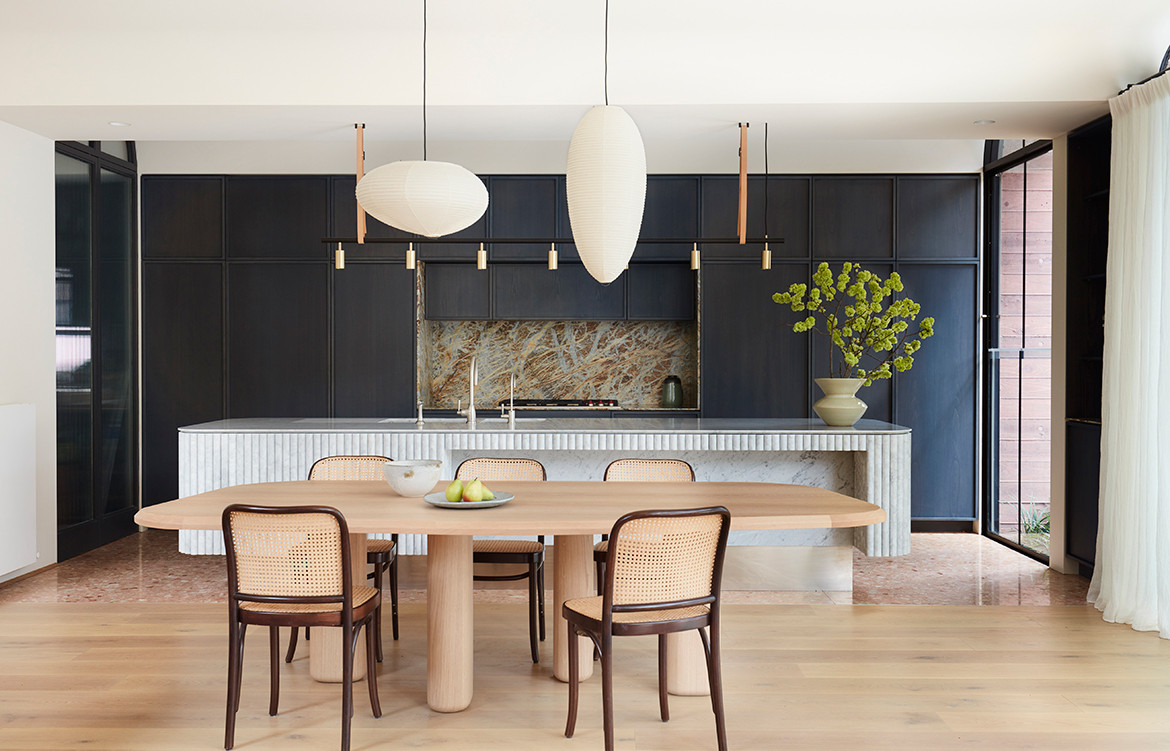Sustainable has a lot of meanings in a modern context, but over the past few decades it has become synonymous with ‘environmentally friendly.’ The concept of sustainability is all about having the ability to continue an action or a state of being over an undefined period of time. To live sustainably is to live in a way that could be continued across decades and generations.
This generally has three tiers: environmental, economic, and social.

Environmental sustainability is facing the most prominent challenges today with issues like climate change, overfishing and farming, loss of biodiversity, pollution and deforestation. Social sustainability refers to the individual lifestyles of people in a community, particularly in terms of ethical consumerism, and is also sometimes called sustainable living.
Economic sustainability is the concept that deals with growth and how humanity can continue to develop without sacrificing the health of individuals or the planet. There are a few ways you can employ these concepts in your lifestyle and building practices to create the most future-proof and environmentally friendly space possible.
What is a sustainable house?

A sustainable house can look just like any other. Sustainable housing is all about practicality and minimizing waste, so reclaimed or recycled building materials are common feature of sustainable homes. Materials also tend to be lightweight and easily manufactured as this speeds construction for the builders and limits the carbon footprint of production.

An eco-friendly house should be energy efficient with climate-intelligent design minimizing the need for artificial heating or cooling services. The average cost of building an eco-friendly house (at Net Zero) in Australia is around $274,000, though prices may reasonably range from $193,000-$274,000. However, a NetZero house will make this money back very quickly through the amount that you will save on the unnecessary electricity and water waste costs of a non-efficient house.
There are innumerable benefits to building a sustainable house or even just renovating your existing home with an environmentally-conscious design. The main draw, of course, is the environmental benefit – knowing that you are doing your part to reduce waste and heal the planet is a comforting thing, and if enough people switch to eco homes we can effect real change. Although this is the most morally compelling argument, it is certainly not the only benefit to building an energy efficient house.

Not in the least is the financial incentive; a green home can generate the precise amount of energy it requires to function, saving you from countless electricity bills over time. Carbon positive houses actually generate more electricity than the house needs, which you can then sell back to the power grid.
Another reason to invest in sustainable architecture is the personal health benefits. The natural materials commonly used for building are also nontoxic and chemical free, reducing the risk of long-term exposure to harmful substances. Eco-houses are also built with the natural environment in mind, often utilizing the characteristics of the landscape like wind, elevation or sunlight exposure to inform the home’s layout.
What makes a house sustainable? 5 ideas for how to build a sustainable house
5. Local flora

Native and indigenous plants are vital to the health of the natural environment around your home. Planting local flora may not seem like a particularly big or heroic gesture in the face of such a grim challenge as climate change, but it will make a huge difference to your specific area and the wildlife that inhabits it.

Native plants also require less frequent watering, cutting back on water waste. They are also more resistant to fire and they can help stop the spread of other invasive plant species which are threatening Australia’s biodiversity. If you don’t have the money for a huge remodel, this is one small way to make a big difference.
4. Eco-friendly amenities

There are a number of things you can install inside your home to make it that bit more energy efficient. Here is a list of the simplest items you can purchase to easily improve your energy consumption.
Sustainable House Building Ideas: Common Energy Efficient House Features

- Draft proof doors or windows (glazing)
- Drip irrigation systems
- Skylights
- Low-flush toilets
- Lockable taps
- Water tanks
- Energy-smart lightbulbs
- Certified energy-saving appliances (e.g. dishwasher or washing machine)
3. Materials

Recycled building materials are an excellent way to reduce your carbon footprint and repurpose material that otherwise would have been left to clutter up landfill. Other green home building materials include bamboo, rammed earth, recycled plastic, cork, reclaimed wood/steel and precast concrete. For a detailed overview of the 10 best eco-friendly building materials, see here.

2. Informed Design

An intelligent design can go a long way in reducing the amount of energy that a home will require for temperature regulation. Australia’s most famous architect, Glenn Murcutt, is renowned for his attention to the natural landscape and the way that the elements can influence home designs.

The Marie Short House is a fantastic example of this as it was built on stilts and makes use of steel louvres to control the natural airflow. Consider talking to an environmentally conscious architect about your desires for a self-sustaining house; they will likely have a lot of key ideas for maximizing efficiency that may change your own house plans. Read more about Glenn Murcutt and his iconic “touch the earth lightly” approach to building sustainably here.
1. Switching to Renewables

The absolute best thing that you can do to reduce your carbon footprint and to make your house more environmentally friendly is to switch to renewable energy. This is equally achievable for new and old builds, as there are many resources on hand for those who wish to convert old houses into clean energy.

Small gestures that you can take to get to this point include installing a small-style wind turbine or a micro-hydro system. The simplest (although potentially costly) way to achieve NetZero is to replace your primary power source with solar.
You can do this by contacting a solar installation company who will advise you on the ideal spot for your solar panels and provide a quote. The government even offers rebates for certain solar types of solar installation – you can check if you are eligible here. The cost will depend on the size of your system, but on average a 5kW solar system will set you back about $5,140.












